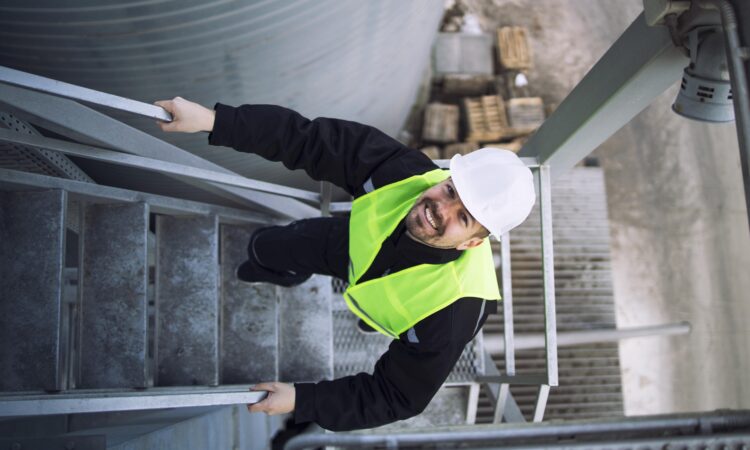Ensuring workplace safety is a priority for businesses operating in high-risk industries, and OSHA compliance plays a crucial role in maintaining safety standards. Among the various safety measures, fall protection services are indispensable in preventing accidents and meeting regulatory requirements. As someone who has worked closely with safety teams and compliance officers, I have seen firsthand how essential these services are in keeping employees safe and businesses aligned with federal regulations.
Why OSHA Compliance Matters
The Occupational Safety and Health Administration (OSHA) sets strict guidelines for workplace safety, particularly in industries such as construction, warehousing, and manufacturing. Companies that fail to adhere to these regulations risk heavy fines, legal issues, and, most importantly, endangering their workers. OSHA mandates that any workplace with fall risks of six feet or more must implement fall protection solutions to safeguard employees.
The Importance of Professional Fall Protection Services
Implementing an effective fall protection program requires expertise, specialized equipment, and a proactive approach to training. Fall protection services include a range of solutions such as:
- Fall hazard assessments to identify risks and vulnerabilities.
- Personal fall arrest systems (PFAS) to ensure employees have proper harnessing and anchorage points.
- Guardrail and safety net systems for passive protection.
- Ongoing safety training to educate workers on proper fall prevention techniques.
- Equipment inspections to ensure all fall protection gear meets OSHA standards.
Having partnered with fall protection specialists, I have witnessed how these services help businesses not only meet OSHA compliance but also foster a culture of workplace safety. By investing in fall protection services, companies demonstrate their commitment to employee well-being while minimizing workplace accidents and liabilities.
Real-Life Benefits of Fall Protection Services
From my experience in workplace safety consulting, I have seen numerous cases where proper fall protection systems have prevented serious injuries. One particular case involved a construction company that faced multiple OSHA citations due to insufficient fall protection measures. By working with a professional fall protection service provider, they were able to implement safety solutions, train employees, and pass OSHA inspections successfully. As a result, their incident rate dropped significantly, and their overall productivity improved.
Staying Ahead with Compliance
With safety regulations evolving, businesses must stay updated on the latest OSHA guidelines. Partnering with a fall protection service provider ensures continuous compliance and keeps workers protected. Employers who prioritize fall protection solutions not only safeguard their employees but also build a strong reputation as responsible businesses.
Conclusion
Incorporating fall protection services into workplace safety programs is crucial for ensuring OSHA compliance and preventing accidents. As someone who has worked in the field of occupational safety, I strongly recommend that businesses take a proactive approach by consulting professionals, investing in safety training, and staying ahead of compliance updates. Workplace safety is not just about meeting legal requirements—it’s about protecting lives and ensuring a secure working environment for all.




